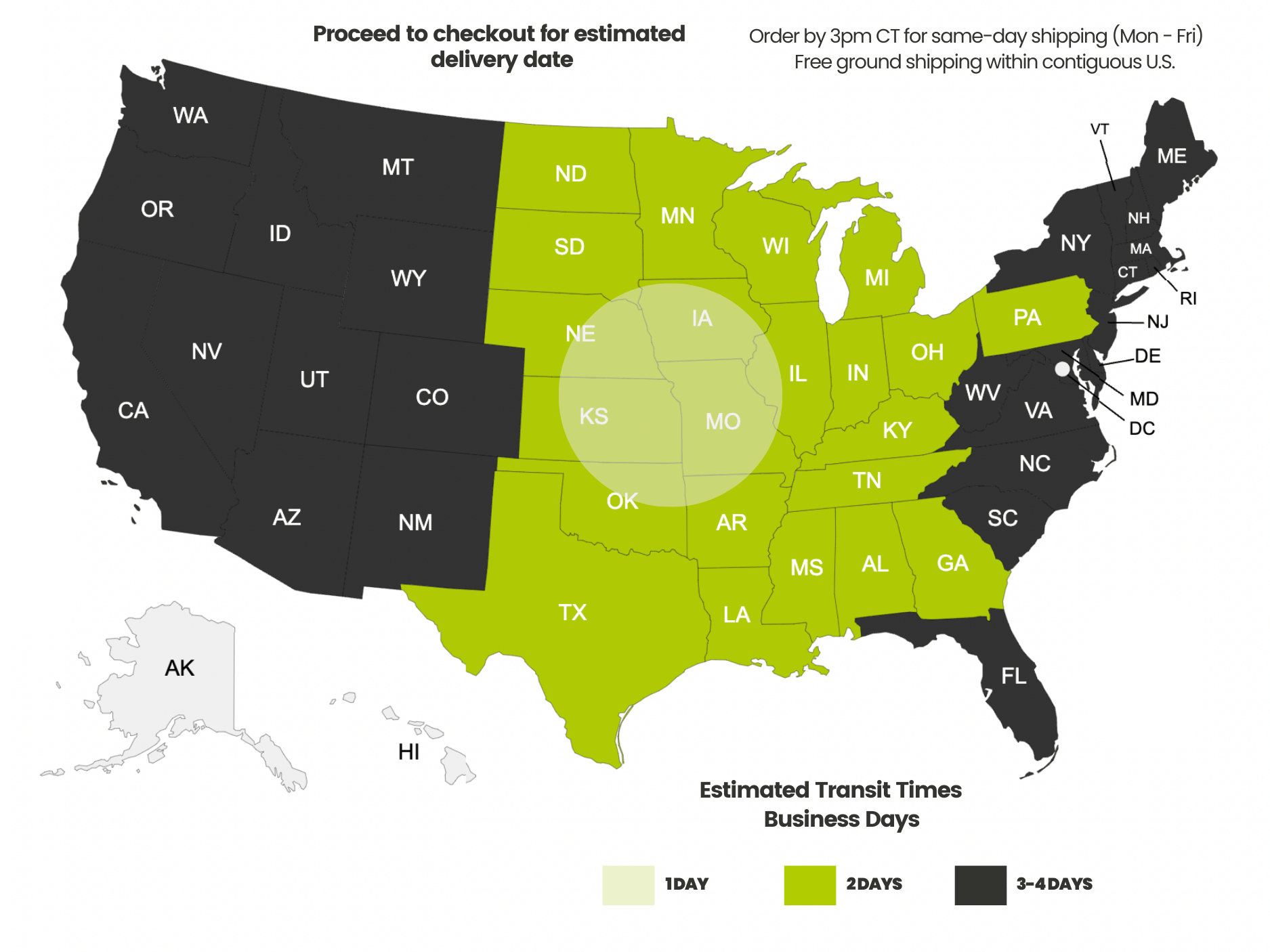Payment methods accepted

Just What is NBASE-T?
Recommended articles to read before this one: The Need for Speed
More speed. Our data driven world is demanding more and more speed as intelligent software makes our lives easier. Large amounts of data accumulate and need to be moved from point A to point B.
For example, you want to edit a video and that video is 35 Gigabytes in size. That is not a big video, incidentally. If your server’s data storage is fast enough, by using RAID arrays or SSDs, you want to take advantage of that. Accessing that file over a typical 1G (1 Gigabit per second) connection will take...and hold on to your hat….six minutes and that is the best case! In the real world, your connection is being used for multiple items such as email, chatting, etc. Additional overhead is added in the form of the Ethernet protocol and the TCP (Transmission Control Protocol). The Ethernet protocol and TCP protocol will easily subtract 10% from your 1G connection in terms of realized, on the ground speed. That wait is now 7 minutes or more. This might not seem like a lot, but what if you want to download 10 of these files? Your workday won’t begin until the wait is up. Of course, you will only want to do this twice a day by working on these files locally and then saving at the end of the day.
If you work in a progressive company, or if you are an individual willing to spend the money, you will be using 10 Gigabit Ethernet (10GBASE-T) to accomplish all of this. The catch is the cost. In order to have an end-to-end 10 Gigabit Ethernet network, all the components must support 10GBASE-T. Your Ethernet NIC (Network Interface Card) must work at that speed. Your Ethernet cable must support that speed at the distance you are from your very expensive 10 Gigabit Ethernet switch. And your server has to have a 10 Gigabit compatible NIC as well. Life is good now, you will spend only seven minutes of your time waiting for those 10 videos. This is, of course, assuming your server’s storage can keep up with that speed. Only RAID arrays and Solid State Storage (SSDs) can address that.
What if you don’t work in a progressive company? What if you don’t have the money for this kind of technology? There is a solution to reduce the pain level. Not eliminate the pain, but dull it. This comes in the form of NBASE-T.
NBASE-T is part of the IEEE 802.3bz specification, recently approved in 2016. The specification allows for 2.5 Gbp/s speed over unshielded (UTP) Cat5e Ethernet cable and 5.0 Gbp/s over unshielded (UTP) Cat6 Ethernet cable. These speeds are possible out to the maximum allowed distance for any kind of Ethernet cable, 100 meters or 328 feet. Respectively, these two new speeds are called 2.5GBASE-T and 5GBASE-T.
Let’s take a look at a table that summarizes the regular old speeds compared to this new technology:

Just how did they do this? IEEE combined together with a number of industry partners to modify the 10GBASE-T standard to use lower and already established signaling rates, measured in MHz. This allows for faster speeds across common and widely deployed Ethernet cables. This means NBASE-T can operate on the most common Cat5e and Cat6 Ethernet cables out there, but with a catch.
There is never a free lunch. In order to take advantage of this technology, you can keep your old cables, assuming they are up to snuff. What you must purchase is equipment that supports the new NBASE-T standard. Many computer motherboards and Ethernet adapters released in the last year support a variation of NBASE-T, along with recently released Wi-Fi router/switch combinations and traditional stand-alone network switches. The key take-away here: Your cable is likely fine, but if you want end-to-end 2.5G or 5.0G speed your associated network equipment must support it.
What about older switches and network cards that support 10GBASE-T at 10G speed, will these pieces of equipment support the new NBASE-T specification? Most of the time the answer is no, unfortunately. In that case, your network bandwidth will continue to run at 1G or 10G depending on the Ethernet NIC present in the computer(s). The middle speeds are not supported.
Good things to know:
- When using the Internet, any upload and download speeds will likely not benefit from NBASE-T. In fact, most Internet service providers offer speed packages ranging up to 150 Mbp/s, which is 15% of the speed that the older 1000BASE-T (1G) Ethernet specification can reach. Some of the fastest, and most expensive, Internet speeds climb to 1 Gbp/s. NBASE-T, like any other Ethernet cable specification, applies to speeds obtainable on your Local Area Network (LAN). The Internet is a Wide Area Network (WAN). On the Internet, you are at the mercy of the speed package you paid for, how well the Internet backbone providers are working that day, and the remote server at the “other end” of the Internet.
- Your end-to-end speed realized in your LAN will be capped out at the speed of the weakest link. For example, if you have end-to-end 5G using NBASE-T and you are pulling files down from a computer with a traditional mechanical hard disk drive, then you will be constrained to the speed of the hard disk drive in that instance. A typical mechanical hard disk drive will reach 210 MB/s which translates into 2,100 Mbp/s...not even half of what 5GBASE-T can do. Suggestion? Buy an SSD to get rid of that bottleneck.
With the advent of these two new speeds, it does make sense to revisit what Ethernet category cable you have installed. If a move to Cat6 is feasible than I strongly suggest you do that as not only will Cat6 support 1G, 2.5GBASE-T, and 5GBASE-T all the way out to 328 feet/100 meters but it will also support 10GBASE-T for short runs up to 165 feet or 55 meters under ideal circumstances. Cat6 is demonstrating itself to be quite versatile.
trueCABLE presents the information on our website, including the “Cable Academy” blog and live chat support, as a service to our customers and other visitors to our website subject to our website terms and conditions. While the information on this website is about data networking and electrical issues, it is not professional advice and any reliance on such material is at your own risk.



























